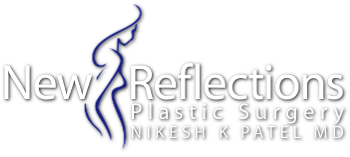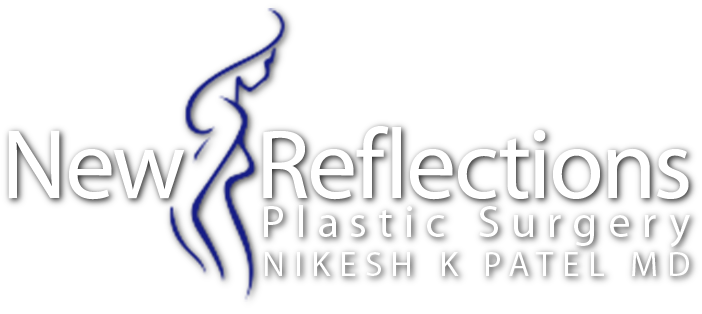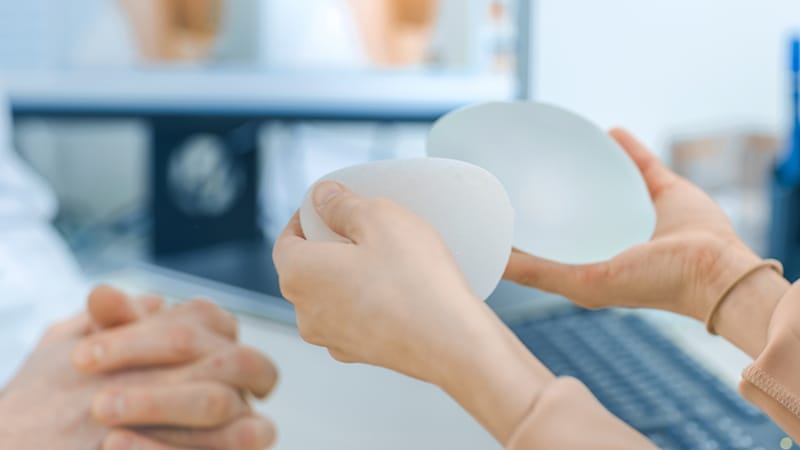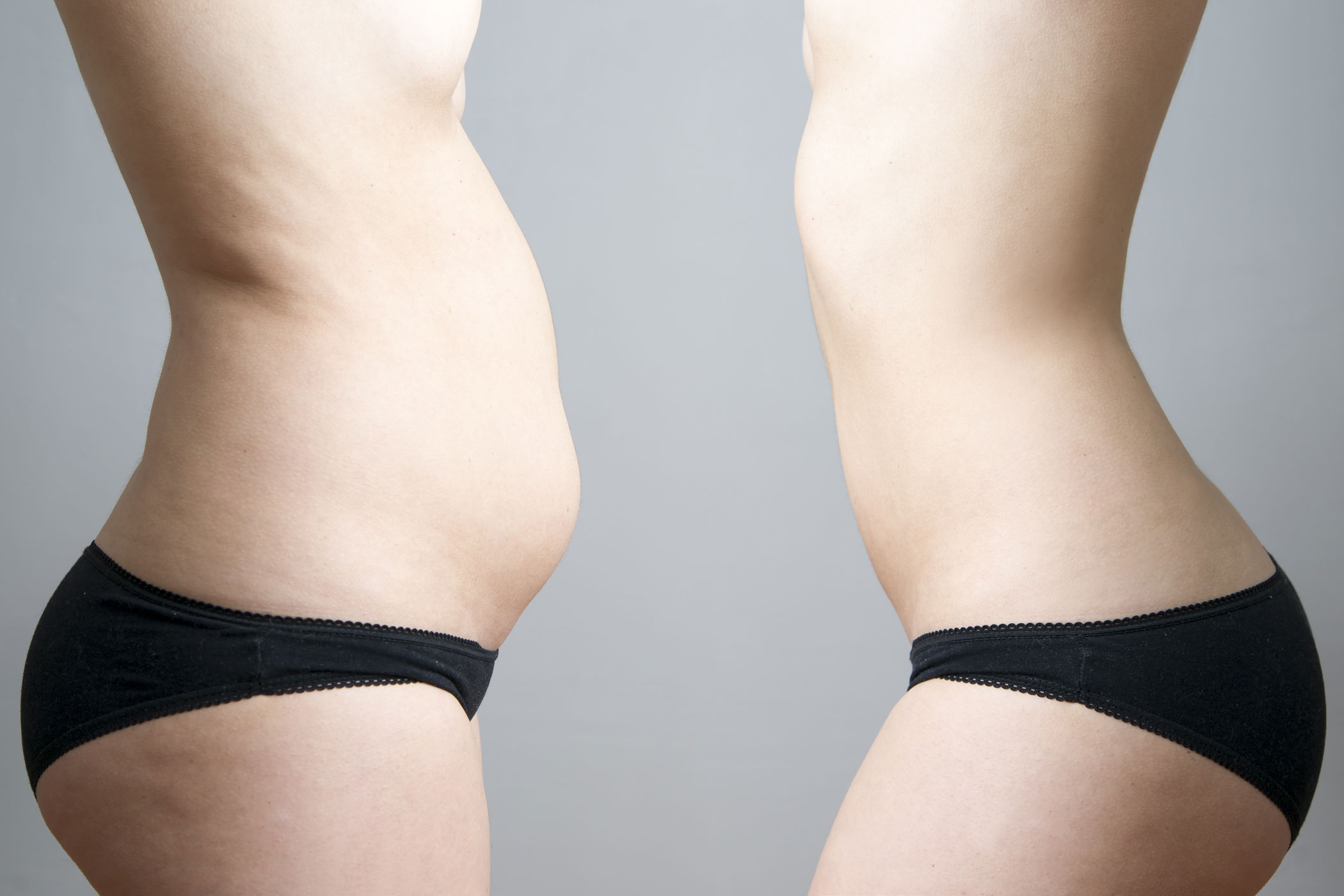French Health Regulatory Authorities are Withdrawing Macro-Textured Breast Implants — What Does This Decision Mean for Your Breast Augmentation?
Breast augmentation is the most popular cosmetic procedure worldwide, with the number of surgeries performed since 1997 nearly tripling. The improvement of surgical techniques and breast implant quality have given surgeons and patients more options than ever, but this rise in popularity has also led to increasing concerns about safety and illness. In April, the National Agency for Safety of Medicines and Health Products (ANSM) in France banned macro-textured breast implants due to such concerns. This ban is the result of growing worries regarding a rare type of cancer reportedly linked to textured implants, known as breast implant-associated anaplastic large cell lymphoma (BIA-ALCL). France is the first country to implement such a ban, followed by Canada in May. In the United States, the FDA has announced that it will not ban the implants but would monitor their sale and use.
For many patients, this decision raises concerns and questions about textured implants and their safety. Nikesh Patel, board-certified plastic surgeon and member of the American Society of Plastic Surgeons (ASPS), believes that cosmetic surgery should allow patients to become more beautiful and confident without sacrificing safety or comfort. With that in mind, we’ll examine why textured implants were banned and what that means for you. At New Reflections Plastic Surgery in Freehold, New Jersey, patient education and satisfaction are at the core of what we do.
What are Textured Implants?
Breast implants come in a variety of shapes, sizes and textures. They can be either round or shaped, smooth or textured, saline or silicone. The variety of implants available give surgeons versatility and flexibility in meeting patient needs and creating a desired aesthetic. Textured implants have a dimpled, rough-surfaced designed to help the implant stay in place once inserted into the breast. This helps prevent unwanted rotation or migration of the implant. Textured implants also help to diminish the risk capsular contracture, which happens when the scar capsule surrounding an implant hardens and tightens. Some types of implants, such as the anatomical shapes often used for reconstruction surgery, are only available in textured shells. This type of implant is often chosen by patients who want to avoid looking overdone and desire a more natural, sloping breast appearance.
The recent bans in France and Canada only affect macro-textured and polyurethane implants; smooth implants are not affected. At New Reflections Plastic Surgery, we believe it’s important for patients to be informed about the risks and benefits associated with all breast implants. Regardless of the implant type, each has its own advantages and drawbacks. Dr. Patel can help you decide which implant is best for you depending on your needs, concerns and aesthetic goals while helping to ensure that your risks are minimized.
What is BIA-ALCL?
BIA-ALCL is a very rare cancer that affects the immune system, thought to form in the scar capsule surrounding a breast implant. Although some studies have implicated a sustained immune response to biofilm on the implant shell in the development of BIA-ALCL, the exact causes and risk factors remain unknown. Although the incidence rate is still low, patients with textured implants seem to have a slightly higher risk of developing the cancer. Of the millions of individuals worldwide with textured implants, about 688 cases of BIA-ALCL have been reported. The FDA estimates that about one in 3,000 to 30,000 patients with textured implants are at risk of developing the cancer. Fortunately, it is highly curable with a good prognosis if caught early. BIA-ALCL tends to progress slowly and remain confined to the breast area. The cancer can usually be treated through surgery alone, which involves the removal of the implant and scar capsule. Most patients require no further treatment, but chemotherapy or radiation may be used if other parts of the body are affected. Early detection, regular wellness exams and patient education are crucial to the successful treatment of BIA-ALCL.
What are the Symptoms of BIA-ALCL?
It’s important for patients with breast implants to learn and recognize the signs of BIA-ALCL, which is very treatable if detected early. The first symptoms of BIA-ALCL include:
- Fluid build-up around the breast
- Persistent pain and swelling
- Lumps in the breast or armpit
- Changes to breast size and shape (such as asymmetry)
- Hardening of the breast
- Skin rash
According to the FDA, most cases of BIA-ALCL are reported on average seven to eight years after receiving an implant. Many of these symptoms can be attributed to other causes, such as a rupture or scar capsule changes, so it’s important to consult with Dr. Patel for evaluation and further testing if you experience any of these signs. If you are exhibiting symptoms that could indicate BIA-ALCL, we may recommend a biopsy or the use of imaging tests (such as an MRI) for a proper diagnosis. At New Reflections Plastic Surgery, your health is our top priority.
I Already Have Textured Implants — What Does This Mean for Me?
At the time of the ban, ANSM reassured women who currently have textured implants that no immediate risk had been identified. It’s important to remember that this action was taken as a precautionary measure; no definitive or causal link between BIA-ALCL has yet been established and the exact causes and risk factors are unknown. Only an estimated 688 cases of BIA-ALCL have been linked in some way to textured implants, yet according to the FDA, an estimated 1.5 million patients receive breast implants every year.
If you currently have textured implants but are not experiencing any symptoms of BIA-ALCL or other complications, your implants do not have to be removed. As more information becomes available, stay up-to-date and consult with your surgeon. Removing your implants unnecessarily can put you at risk for other complications. If you already have or are considering breast implants, some questions you can ask about BIA-ALCL during your consultation or follow-up appointments include:
- What steps do you take to reduce the risk of complications from developing?
- What screening measures do you perform or recommend for BIA-ALCL?
- Am I at an increased risk for BIA-ALCL?
- What role does texture play in BIA-ALCL?
- Do you recommend that I replace or remove my implants?
At New Reflections Plastic Surgery, your safety is our priority and we make every effort to reduce the likelihood of complications. The knowledge and guidance of Dr. Patel are crucial in minimizing your risk for BIA-ALCL while ensuring that your implants will give you the results you desire.
What Steps can I Take to Reduce my Risk?
Early detection of BIA-ALCL is essential to maintaining your health and wellness. Pay attention to your body and report any suspicious changes in your breasts to your doctor. Breast implants are not lifelong medical devices, so the FDA recommends that women with silicone implants receive an MRI every two to three years to evaluate breast health and detect silent ruptures. This is especially important for women with textured implants. For patients with symptoms who are concerned, removing or replacing your textured implants with smooth ones can significantly decrease or eliminate your risk of BIA-ALCL. This is not typically recommended in the absence of symptoms or a proper diagnosis, however. Talk to Dr. Patel about your concerns to determine the best course of action for your situation.
If you don’t yet have implants but are considering them, do your research so you can be prepared to discuss the benefits and potential risks of the available options during your consultation. Not enough evidence yet exists to recommend avoiding the use of textured implants. The type of implant that is right for you will vary based on your goals, needs and concerns.
As more information becomes available about BIA-ALCL, surgeons and researchers are taking steps to identify the risk factors and causes of this disease. One such measure is the PROFILE registry, a collaborative project of the Plastic Surgery Foundation (PSF) and American Society of Plastic Surgeons (ASPS) to gather data and better understand the role of breast implants in BIA-ALCL. A global registry, participating physicians can report patients with suspected or confirmed cases of this rare cancer. This data will help researchers and doctors understand why BIA-ALCL develops and what can be done to detect, manage and minimize the risks of the disease. Dr. Patel, a member of the ASPS, takes measures to reduce your risk of complications associated with breast implants. Whether you are considering a breast augmentation or have already had the procedure, you may have questions about BIA-ALCL. If you’d like to learn more or schedule a consultation with Dr. Patel at New Reflections Plastic Surgery in Freehold, New Jersey, contact or call us today at 732-354-3792.
